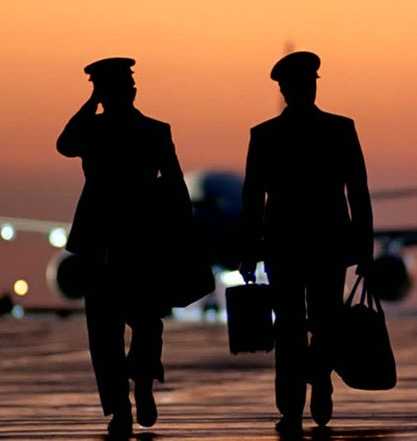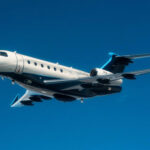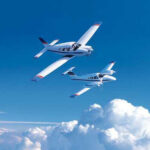Corporate Aviation Industry Forecast Shows Slight Raise in 10 Year Forecast
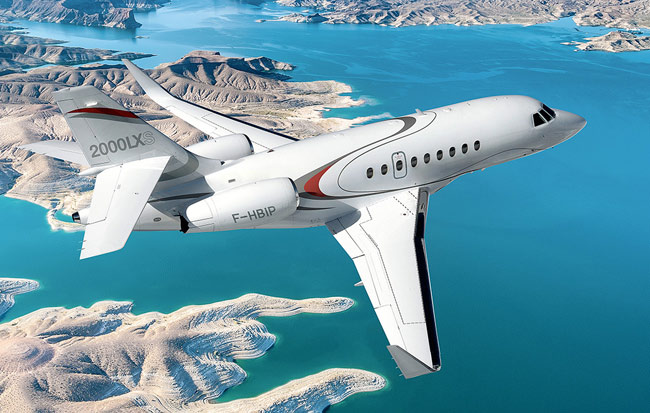
Honeywell’s 27th annual Global Business Aviation Outlook forecasts up to 7,700 new business jet deliveries worth $251 billion from 2019 to 2028 – an increase of 1-2 percent over the preceding year’s forecast. The forecast predicts improvement to the global economy and favorable exchange rates for international customers will contribute to a 3-4 percent average annual growth rate for new aircraft sales over the next decade.
“A better used aircraft market environment coupled with the entry into service of many new business jet platforms will lead to higher deliveries in 2019 after a virtually flat year in 2018,” said Bill Kircos, vice president for global marketing at Honeywell. “We are excited about the used market and about new and innovative aircraft models that will not only drive solid growth in 2019 and 2020, but also have a significant impact on new business jet purchases in the midterm and long term.”
Key points in the 2018 Honeywell Forecast include:
- Operators plan to purchase new jets equivalent to about 20 percent of their fleets over the next five years as replacements or additions to their current fleet.
- Of the total new purchase jets, 14 percent are expected to take place by the end of 2019, while 16 percent and 24 percent are scheduled for 2020 and 2021.
- Operators are focusing on larger-cabin aircraft classes, which are expected to account for more than 87 percent of new business jets in the next five years.
Regional Business Aircraft Sales Forecast
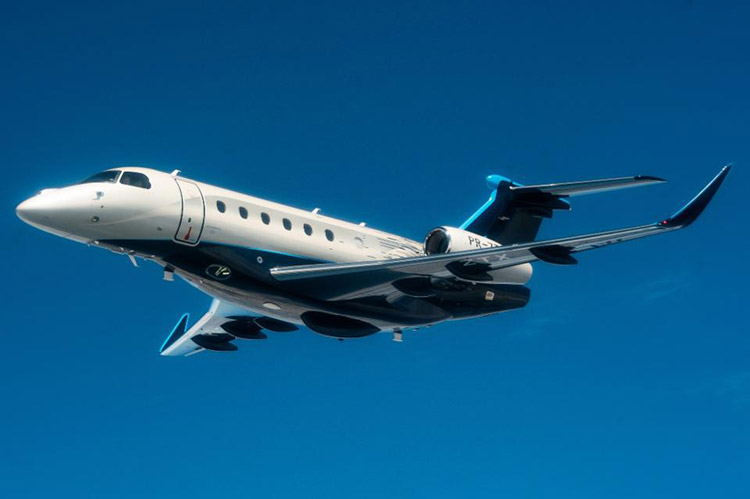 North America
North America
- 61 percent of projected global demand will come from North American operators in the next five years.
- New jet purchase forecast increased 1 point in North America from last year’s forecast.
Europe
- Europe’s share of estimated global five-year demand is forecast at 16 percent.
- Europe’s new airplane purchase forecast increased 14 percent from last year’s forecast.
- Only 26 percent of new jet purchases in Europe are expected in the next two years. More than 45 percent are scheduled for 2022 and beyond.
Latin America
- NAFTA discussions has resulted in lower purchase plans from Mexican operators in this year’s forecast compared to last year’s.
- Latin America represents 12 percent of total projected global demand over the next five years.
- 22 percent of the corporate fleet in Latin America is expected to be replaced or added to with new jet purchases over the next five years.
Asia-Pacific
- Asia-Pacific represents 7 percent share of global new jet demand over the next five years.
- Operators in the Asia-Pacific region report new jet acquisition plans for 12 percent of their fleet over the next five years.
- 15 percent of Asian survey respondents plan to schedule new purchases within the next five years.
Middle East and Africa
- Middle East and Africa represents 4 percent share of global new jet demand over the next five years.
- 14 percent of respondents said they will replace or add to their fleet with a new jet purchase.
Brazil, Russia, India, China (BRIC)
- 22 percent of BRIC country respondents plan to schedule new purchases within the next five years.
Corporate Pilot Demand
Corporate Pilot Demand is driven by attrition, pilots leaving for major airlines, and corporate jet fleet growth. Pilots in corporate aviation do not have mandatory retirement age as is the case in airline operations – attrition in corporate aviation is not as easy to forecast.
Pilots leaving the corporate aviation sector for other opportunities is also not easy to forecast, however, operators have already begun reporting their pilots leaving in noticeable numbers.
Corporate Jet growth forecasts will have a nearly direct impact on the demand for pilots to fill new positions. If the increasing growth mentioned in the Honeywell report pans out there will be a direct increase in need for pilots.
Greg started his professional pilot journey in 2002 after graduating from Embry Riddle. Since that time he has accumulated over 8,000 hours working as a pilot. Greg’s professional experience includes flight instructing, animal tracking, backcountry flying, forest firefighting, passenger charter, part 135 cargo, flying for a regional airline, a national low cost airline, a legacy airline, and also working as a manager in charge of Part 135 and Part 121 training programs.

